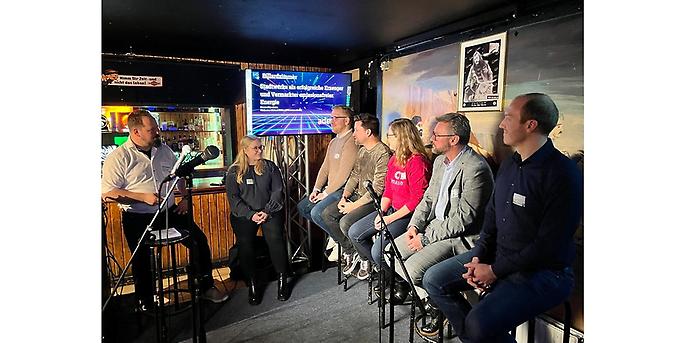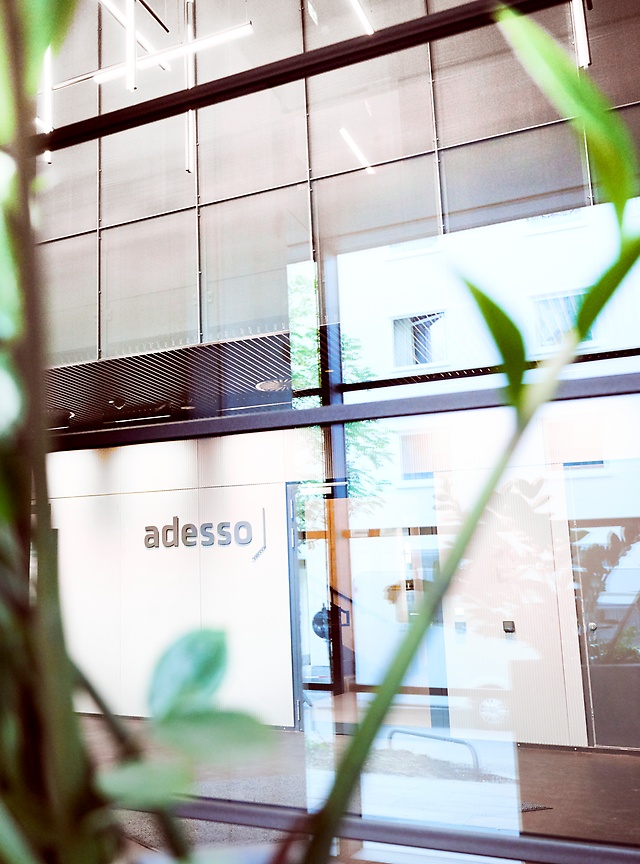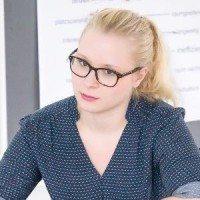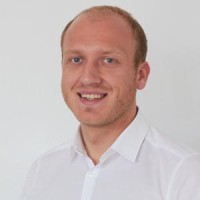13. March 2023 By Ellen Szczepaniak, Simon Bächle and Timo Hartmann
adesso at the Stadtwerke Impact Day: How can public utilities and communities reach the 1.5°C target?
Officials from public utilities, municipalities and cities come together to meet at the Stadtwerke Impact Day (SID). Every year, experts from an array of fields in the energy industry gather to ponder and discuss the challenges of tomorrow. This year’s event was held in January in the beautiful city of Lübeck. The topic: how can public utilities work with cities and municipalities to reach the 1.5°C target?
What makes SID so special and so unique?
The slogan of the conference was ‘Stadtwerke Impact Day – the climate event for bold public utilities, cities and municipalities’. As this suggests, this was not going to be just any old event – and it was not. The presentations were interactive and fostered a lively exchange between the speaker and members of the audience. Instead of being a one-sided affair where only the lecturer got the chance to speak, this format brought the two sides closer together and presented an opportunity to ask really important questions. The following questions were explored over the course of the day:
WHY and HOW
To get things started, there was a short recap of the last year’s event, which touched on what new ideas came to the fore, how the challenges in the energy industry have been overcome and what new challenges have emerged. How was the information conveyed to the audience? The approach was quite unique. Experts from municipalities, external service providers and public utilities answered the hard-hitting questions of the moderators in panel discussions. In addition to that, members of panel presented the key points of their arguments in short statements. What made it even more special was the fact that the event took place in a bar, which presented the perfect opportunity to network.
WHAT
The conference then moved onto the next topic. After the presentation on WHY and HOW, this was followed by the question of WHAT. During the ten-minute keynote speeches, information on what is currently being done in the energy industry to achieve the 1.5°C target in cities and municipalities was presented to the conference attendees. The main focus was on implementation. There were lots of discussions and, above all, lots to inspire. During the keynote speeches, adesso presented its contribution to the energy transition in the form of the innovative research project, VideKIS. At this time, the goal of the ‘VideKIS – an integrated virtual power plant network of decentralised, small-scale plants for the AI-backed provision of system services’ project was described in greater detail, that being to develop a virtual power plant that aggregates typically small and micro-installations in a pool, with the aim of providing primary balancing power from renewable energies. The climate target of 1.5°C cannot be achieved without the provision of system services based on renewable energies.
NOW!
And at the end of the event, there was of course an appeal that went out to those in attendance: Time is running out. Now more than ever, we need to act, implement ideas and work together to make progress in the transition to renewables.
adesso meets SID Class – public utilities as successful producers and distributors of emission-free energy
Digital, progressive and forward-looking – SID and adesso have this and much more in common. So, true to our motto ‘we make it easy’, we did just that.
As part of SID Class, we got the opportunity to sit down with experts from the energy industry and discuss current challenges. Among other things, we explored the following questions:
- What if public utilities were to develop and operate emission-free power plants on a large scale and market the electricity they generate regionally?
- What if smaller, rural public utilities were to team up to supply larger public utilities and cities with surplus green energy?
- What might new partnership models between public utilities and general contractors look like for large-scale solar PV and wind projects?
- What if public utilities were able to increase value creation in the region in an emission-free world than would ever have been possible in the fossil fuel-based world?
Of course, it is not possible to come up with a simple implementation strategy for this wide range of issues and scenarios. These were just the challenges adesso faced two years ago when it submitted an application for funding for the VideKIS research project. For this reason, VideKIS focuses explicitly on the types of installation used by public utilities, which often include small and micro-installations that generate renewables.
In addition to producing electricity for the local market, a group of small public utilities would be able to combine their plants in a pool – for example, VideKIS – using a virtual power plant and take part in other markets. VideKIS allows power plants to offer the energy they generate on the primary balancing power market. The additional revenues generated in this way are available to the public utilities for new investments.
By taking the VideKIS approach, they can play an active role in shaping the energy transition and replace fossil fuels with emission-free, local produced power. This puts the 1.5°C target within reach while at the same time increasing local value creation.
In the end, an in-depth exchange of information and the lively discussions provided new ideas and brought us personally, as well as adesso as a whole, one step closer to the goal of the energy transition. If a modern, innovative conference in a relaxed setting is something that interests you, we will no doubt see you at the next SID!
You can find more exciting topics from the adesso world in our blog posts published so far.




